“The Black Phone” perfectly captures the end of innocence, stranger danger, and the conquering power of fear, shaping how we live our lives.
The Black Phone (2021), a horror film based on the short stories of Joe Hill (son of Stephen King), shows the beginnings of the breakdown in our trust for one another.
Growing up, you heard it from every adult figure charged with caring for and protecting you: the world is dangerous, and you must take caution. You were bombarded with details about where to go, who to talk to, who to avoid, what to touch, and when — making the world a tricky place for a curious child.
This ideal past world where people could walk home from work with nothing but the street lights, where you could afford to leave your door or car unlocked, or where you could safely talk to a stranger without a third-party application being involved has long been over.
When did this start? How did we get here?
The Black Phone details the start of “stranger danger,” missing posters, and the panic surrounding the safety of our nation’s children from predators.
Set during a pivotal point in the 1970s before full-blown panic would emerge surrounding kidnappings and pedophiles, evolving all the way to our more current To Catch a Predator phase, The Black Phone nicely uses its villain to expand on the damage of a real-life monster and unravel the story of a time where things were a little simpler — until they weren’t.
It’s 1978 in the suburbs of North Denver, and things haven’t been right lately. There’s currently a child abductor dubbed “The Grabber” on the loose, and he’s already claimed multiple victims, none of which have yet to be found by law enforcement. However, all seems well at the baseball field where Finney Blake (Mason Thames) is a star pitcher, up for an important out.
After the game, the kids head home for the evening, enjoying the weather. Then Bruce is approached by a black van, and things are once again turned upside down.
The introductory credits of The Black Phone are a harrowing compilation of children, police, and crumbling suburbia, painting a juicy portrayal of this portion of history.
Missing posters dot the streets as parents try and locate multiple missing children that have been disappearing, and Bruce Yamada is just the latest addition to a growing list of missing young faces from different backgrounds. But Finney and his younger sister Gwen (Madeleine McGraw) have bigger problems as they try and navigate their difficult home life with an alcoholic, abusive father and navigate school, where Finney deals with bullies.
Outside of school one morning, one of Finney’s friends, Robin (Miguel Cazarez Mora), is in a fight that’s drawn a lot of attention. Outsized but not outclassed, Robin shoulders racial slurs thrown at him and doles out a bloody beating to one of the school’s well-known assholes. When Finney is later chased down by bullies and cornered in a restroom, Robin shows up to protect his friend.
A hopelessly cool Enter the Dragon fan as well as a Texas Chainsaw Massacre junkie, Robin tells Finney he will have to stand up for himself one day since he won’t always be there to help, a tragic foreshadowing for them both.
Detectives show up at the school to speak with Gwen about a conversation she had with Bruce’s sister, Amy Yamada. Gwen told Amy she had a dream about her brother. In the dream, he was taken by a man with black balloons in a black van. Not long after, that same black van has come for Robin.
Finney grapples with grief and tries to ask his sister to use her dreams to find Robin, but he doesn’t know that soon enough, he will find the horrible truth about what happened to Robin and the others.
The Grabber, Gacy, and the Missing Milk Kids
The year The Black Phone was set was, coincidentally (but likely intentionally), the year police finally obtained a search warrant and began the investigation of a killer whose name we all know: John Wayne Gacy.
The Grabber and his MO seem very much aligned with the man who would don a clown costume and perform at children’s birthday parties.
Taking people, especially children, off guard with a familiar or even innocent façade (for Gacy, it was the clown costume; for The Grabber, he is a “part-time magician”), these two had a nasty habit of picking up young boys and doing the unthinkable to them before murdering them.
It seems The Grabber from The Black Phone might have been modeled after one of history’s most notorious child predators; consider his talk of saying that he won’t do anything that Finney wouldn’t… “like” appears to be a skin-crawling way to describe his desires.
Styled in different masks and lacking a real name to the public, The Grabber becomes a dark icon, so much so that even saying his moniker invokes fear in children that he could hear them and they could be taken.
However, the Grabber is even less horrifying than the man who seemed to inspire him.
John Wayne Gacy was a serial killer who operated out of Illinois, and by the end of his run and eventual execution, would be convicted on 33 counts of murder of boys and young men who came to meet their end with him throughout the 1970s. Gacy was born into an uneventful life in a blue-collar family, appearing to have an average childhood.
He started to exhibit signs of sadism in his life early on, though, and would soon be having more regular run-ins with the law throughout the 1960s that would eventually land him time in Iowa State Men’s Reformatory (Anamosa State Penitentiary). Gacy would be released in 1970, and though he would offend again, charges would be dropped, and he would move on to become a moderately successful independent contractor, purchasing a house in the suburbs of Chicago.
During an approximately eight-year span, Gacy would use his contractor know-how and his love of children’s events to craft a frighteningly approachable persona that allowed him to lure victims with the ability to dispose of their bodies in areas only a contractor would think to look with only supplies he could procure without alarm.
In 1978, when one of Gacy’s victims was reported missing, and Gacy was the last person to see him, a search warrant was quickly obtained. What it uncovered was heinous.
Gacy had in or around his property the bodies of 29 young men and boys that he had tortured, sexually assaulted, and murdered — not too far off from how The Grabber kept his victims close by as well, similarly trying to mask the smell of death.
The discovery of Gacy and his twisted lifestyle unleashed a panic that any friendly face could be a sinister one, shifting the culture gradually more towards a guarded stance.
The disappearance of Etan Patz, aged 6, in 1979, would begin a whole new movement, as Patz would be one of the first “Milk Carton Kids” (as they would later be referred to).
After Patz’s disappearance, a movement was sparked in the effort to locate missing children; his disappearance helped to enact new legislation and generate new methods to search for victims.
After missing child cases garnered exponential amounts of media attention over a few short years, in 1984, the National Center for Missing and Exploited Children was founded to help with search efforts.
One of the first campaigns begun by a non-profit, the National Child Safety Council, would be the nationwide program titled the Missing Children Milk Carton Program, where the United States began to print the images of missing children on cartons of milk, soon with hundreds of dairies participating in the practice.
It was one of the stressful ways we tried to alert the world to the dangers to our nation’s children. Modern-day life shows that our fears have yet to be put at ease.
Modern-Day Safety, Exposing Predators, and Lasting Effects
“Stranger Danger” sounds more antiquated than it is; we only adopted the term formally after a rash of paranoia regarding missing person cases in the 1990s and early 2000s. It’s a simple concept that anyone or anything unknown could be a threat.
Campaigns in schools and at home led authority figures to encourage kids not to talk to strangers, go anywhere with strangers, or accept anything from anyone they don’t know, slowly shrinking the world to a pool of safe and unsafe people.
“Stranger Danger,” though valid, is supposedly rather hyped up and is driven by cases that were sensationalized and fixated on by the media. The term would soon be a public display, though, after the notable disappearance of a young boy that would change the media’s relationship with the missing forever.
In the late 1980s, a television show ripped through households across the United States, promising true and tragic tales and hoping the audience could help.
John Walsh, father to a lost son, would become the host of one of FOX’s longest-running shows: America’s Most Wanted.
The murder of Adam John Walsh, who was abducted from a Sears department store in Florida one day in 1981, would reshape our relationship with the missing forever.
Heinously murdered in details that I will spare you, his story would be turned into the 1983 made-for-television movie Adam, and his father’s crusade for advocacy would take the national stage.
Released in 1988, America’s Most Wanted, hosted by Walsh, would go on to have 24 seasons before its cancellation in 2011.
During the show’s run, it claimed victory with a statistic that approximately 1,100 criminals were successfully apprehended due to the show’s efforts. My father even recalls a time during the mid-1990s when the retail chain Walmart would enact the use of a safe phrase “Code Adam” in memory of the death of Adam Walsh when one could tell an employee “Code Adam” to signify a missing child and the store would go into lockdown to locate them.
The show was revived in 2020, but between when AMW began and now, another television show was out to shock audiences while they caught criminals in the act rather than letting viewers play detective.
To Catch a Predator was sensational television at its finest, hosted by clean-cut monotone news star Chris Hansen.
The premise was simple enough: investigators would enter chat rooms online and pretend to be underaged girls and boys, laying the bait for predators to engage and weave their own guilty web.
After getting evidence online, some of these offenders were then convinced to visit a house where hidden cameras were placed, and an undercover officer would be waiting along with a camera crew to ambush these people whose names and faces were shockingly public.
Premiering in 2004 with only a four-year run, To Catch a Predator used clandestine methods to ensnare potential offenders and was a hit. It even spawned recent watch parties for popular streamers like Moistcritikal, who provided color commentary on the series in previous years.
In an act as alarming as the show itself, the show was canceled in 2008 after the shocking suicide of a Texas ADA. After being caught exchanging lewd messages and pictures with who he believed to be a teenage boy, attorney Bill Conradt shot himself as police officers and camera crews were entering his home to serve him, an act caught on camera that sealed the show’s fate — footage, I’m sure, that was never meant for human eyes.
Television and media generally make a spectacle out of bad news frequently, often misleading us with how common these occurrences are.
With “find my phone” built into every device, GPS monitoring, and camera-equipped doorbells, we are more equipped than ever to try to locate a missing person in the modern age.
As our suspicion developed and our media paralleled our fears, we gradually began isolating more, and in an age where people fear gun violence in this country, especially in schools, I worry we may isolate ourselves too much in the face of media frenzy and the sensationalism of violent crimes.
It appears suburbia is locked for now, and only a passcode and facial recognition can pry open the padlocks we have placed all around ourselves for our own protection and to protect our loved ones.
With a sequel or prequel, depending on how you view it, coming up to finally unveil the secrets behind The Grabber and his mysterious past, give The Black Phone a watch; it’s an origin story of suburban evil I don’t think anyone will want to miss.


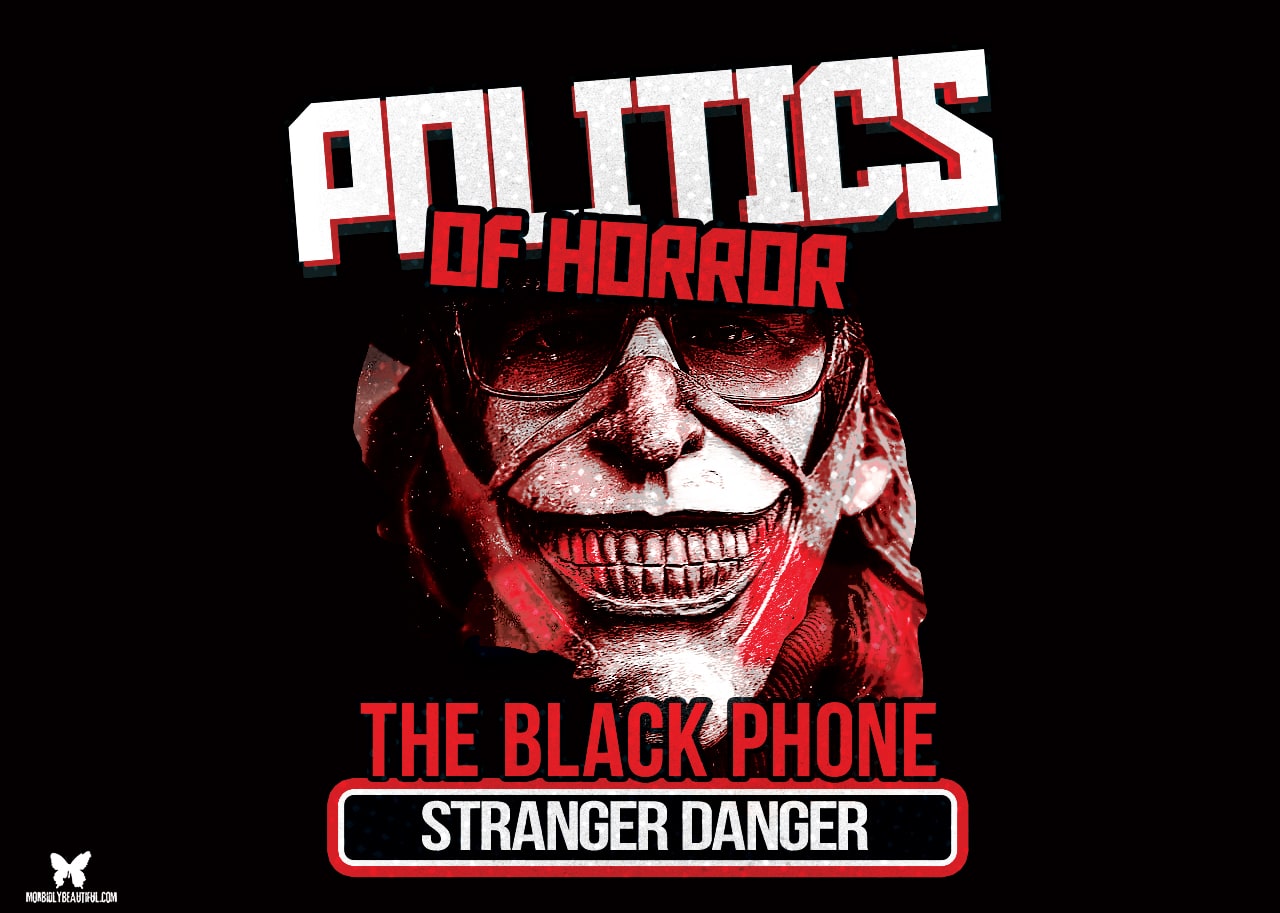
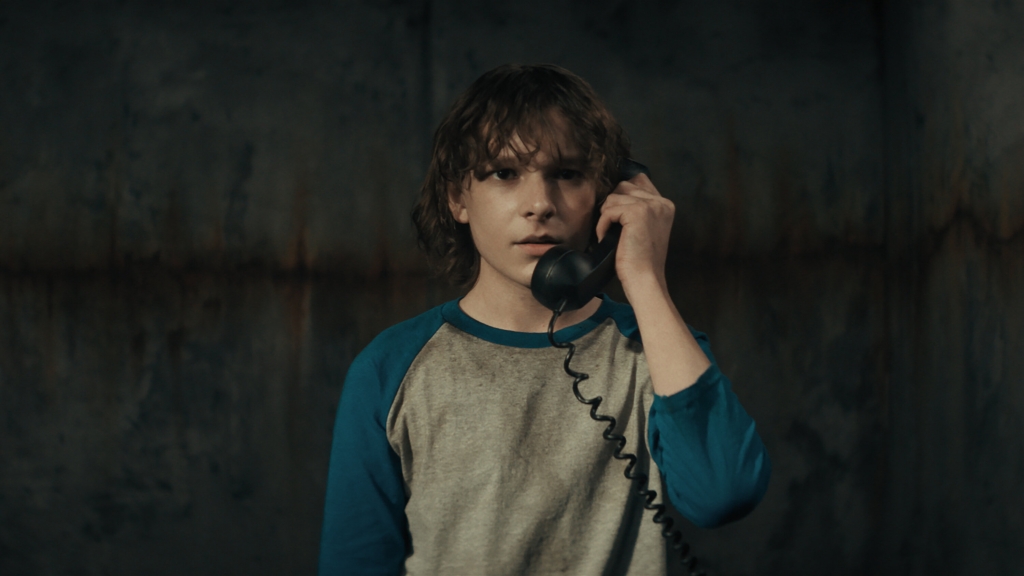
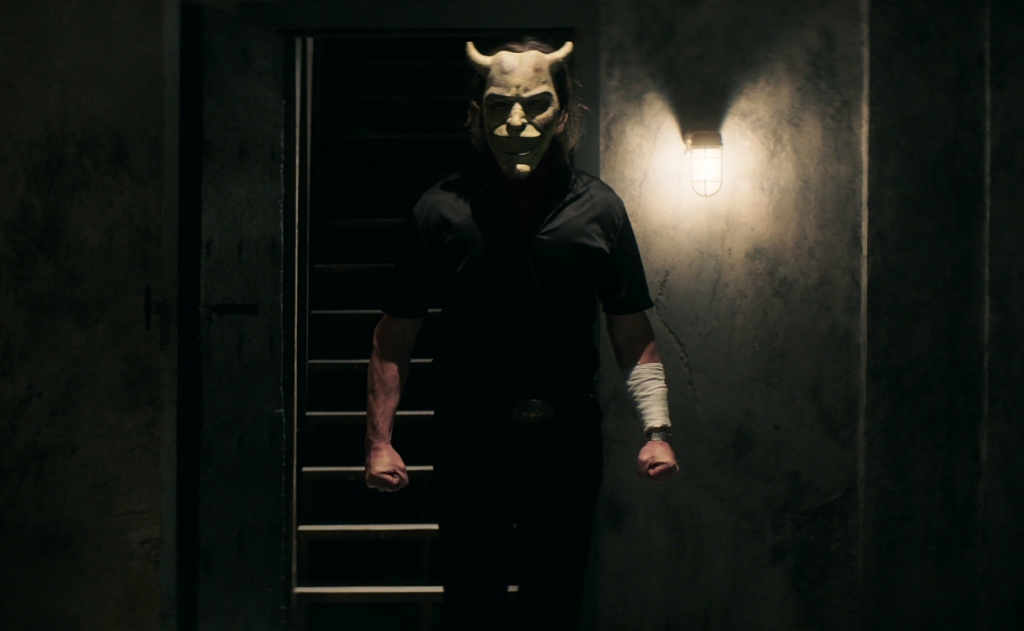
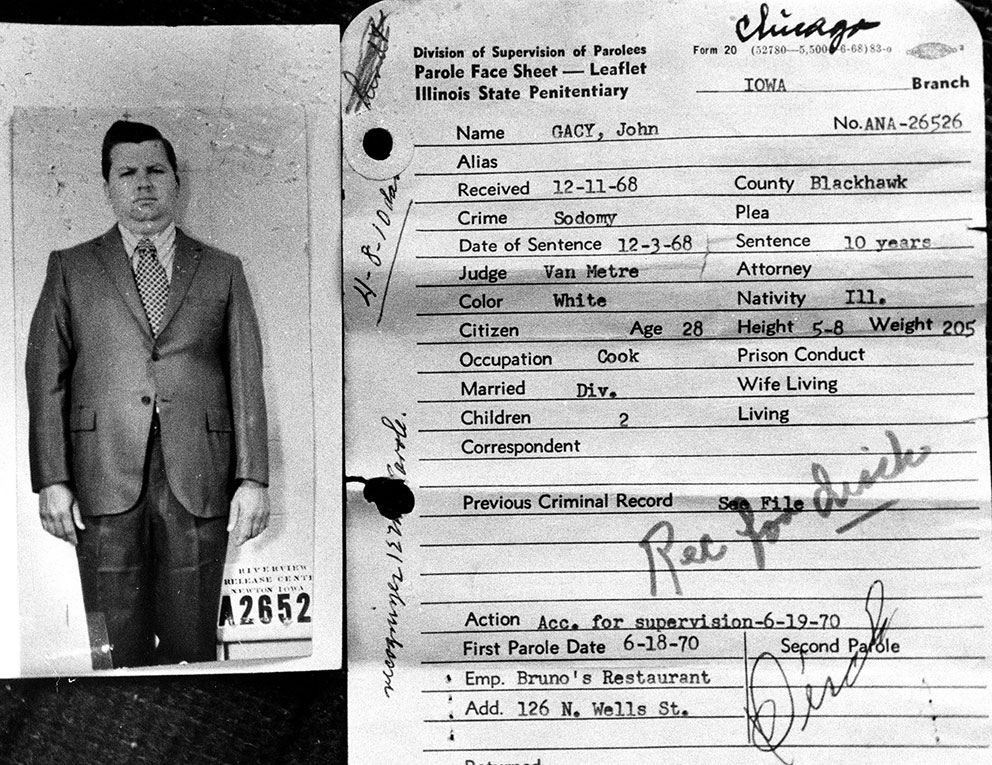

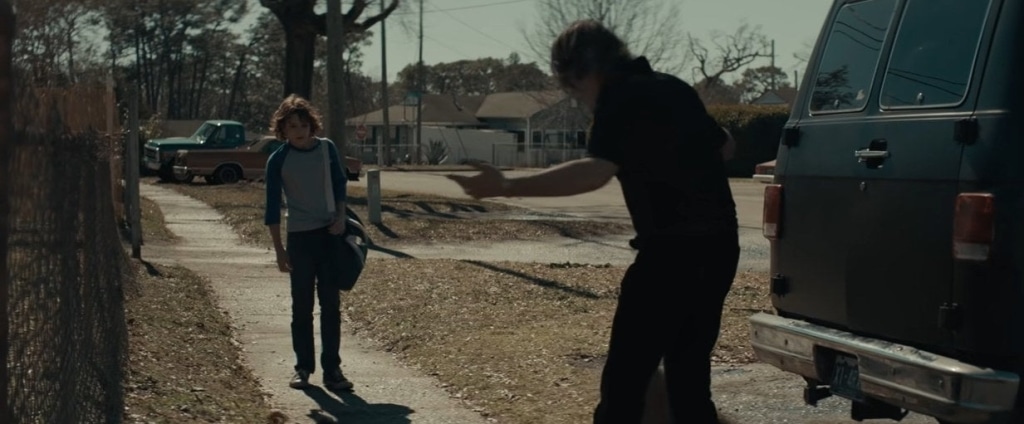



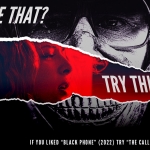
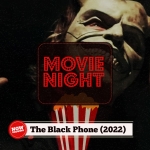

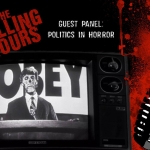







Follow Us!